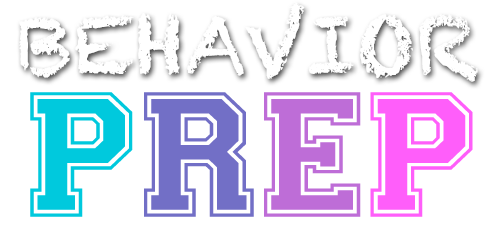C.10 Graph data to communicate relevant quantitative relations (e.g., equal-interval graphs, bar graphs, cumulative records)
Graphing Data
Graphing is a critical tool in behavior analysis used to represent quantitative data and communicate relationships between variables visually. Different types of graphs, such as equal-interval graphs, bar graphs, and cumulative records, are chosen based on the nature of the data and the information that needs to be conveyed.
- Determine the Type of Graph: Choose the appropriate graph type based on the nature of the data and the information you want to convey. Some common types of graphs used in ABA include equal-interval graphs, bar graphs, and cumulative records.
- Select the X and Y Axes: Identify the variables you want to represent on the X (horizontal) and Y (vertical) axes. The X-axis typically represents time or the independent variable, while the Y-axis represents the dependent variable or the measure of behavior.
- Establish Equal Intervals: For equal-interval graphs, determine the time intervals or other equal units along the X-axis. This helps create a consistent and accurate representation of time or other variables.
- Plot the Data: Mark data points on the graph by representing the value of the dependent variable at specific time points or conditions. Each data point should correspond to a specific measurement or observation.
- Connect the Data Points: Draw lines or curves connecting the data points to visualize the pattern or trend in the data. This helps identify.
Examples
Equal-Interval Graphs: A behavior analyst uses an equal-interval line graph to plot the frequency of a student’s on-task behavior over several weeks. Each point on the graph represents the number of on-task behaviors recorded during a specific observation period. This type of graph is particularly useful for showing changes in behavior over time, making it easier to identify trends and the effectiveness of interventions.
Bar Graphs: A teacher uses a bar graph to compare the average duration of classroom disruptions before and after implementing a new behavior intervention. The bar graph clearly shows the difference in disruption duration across two distinct time periods, allowing for easy comparison of the intervention’s impact.
Cumulative Records: A behavior analyst uses a cumulative record to track the total number of correct responses a student makes during a learning task over time. The cumulative record shows a steadily increasing line, which indicates ongoing learning. This type of graph is useful for showing the rate of behavior accumulation and is particularly effective in demonstrating continuous progress.
